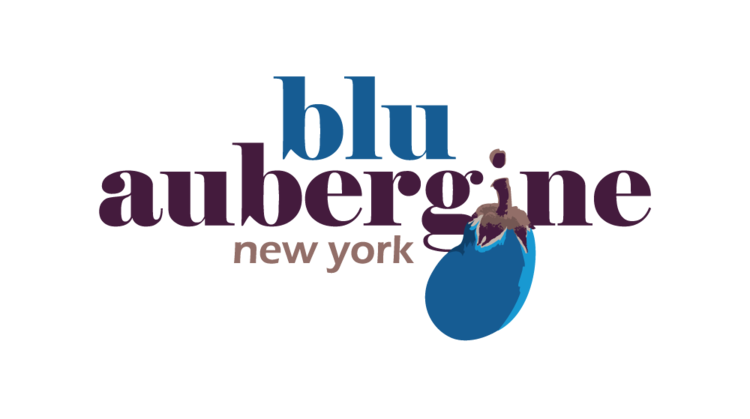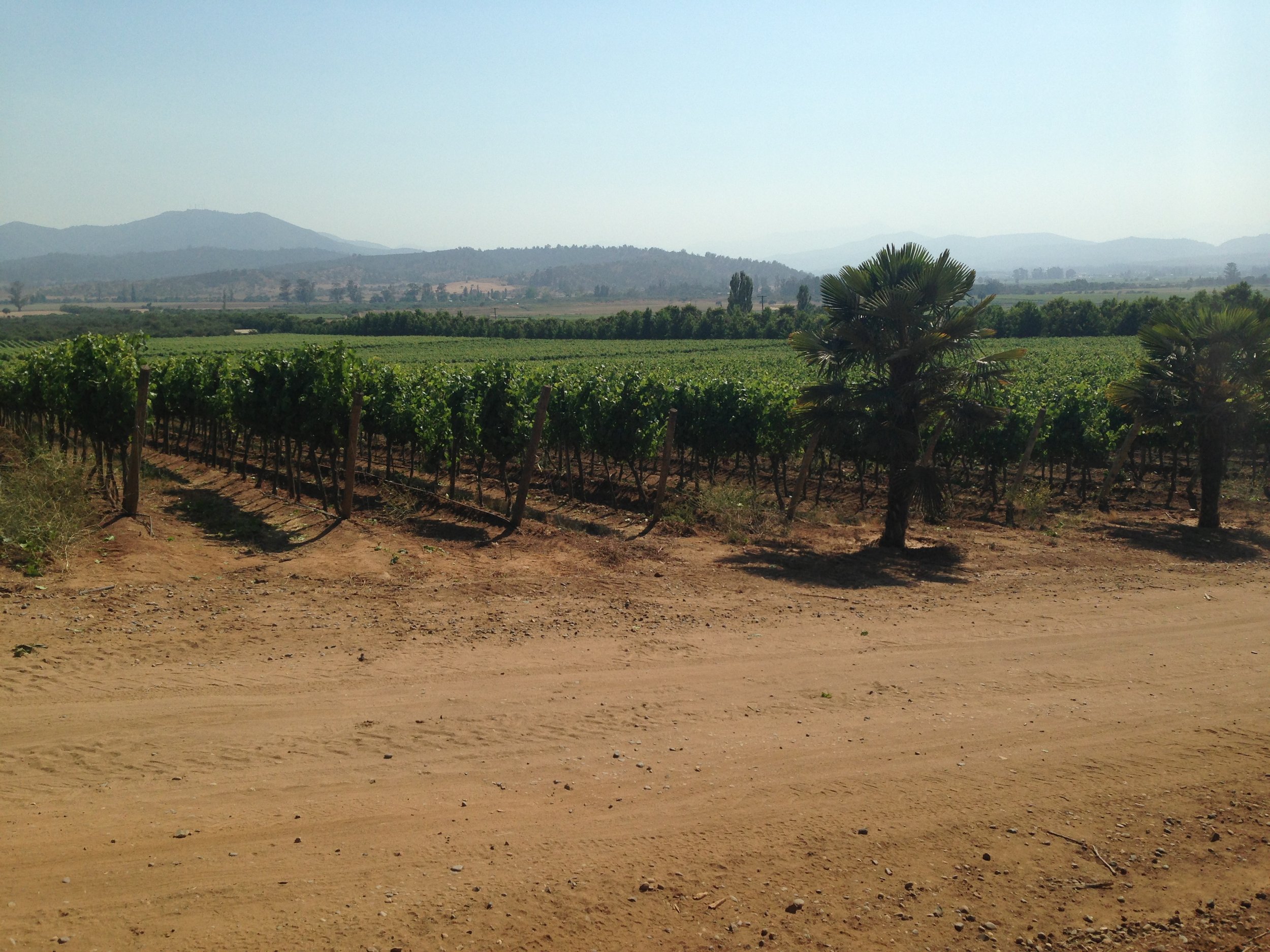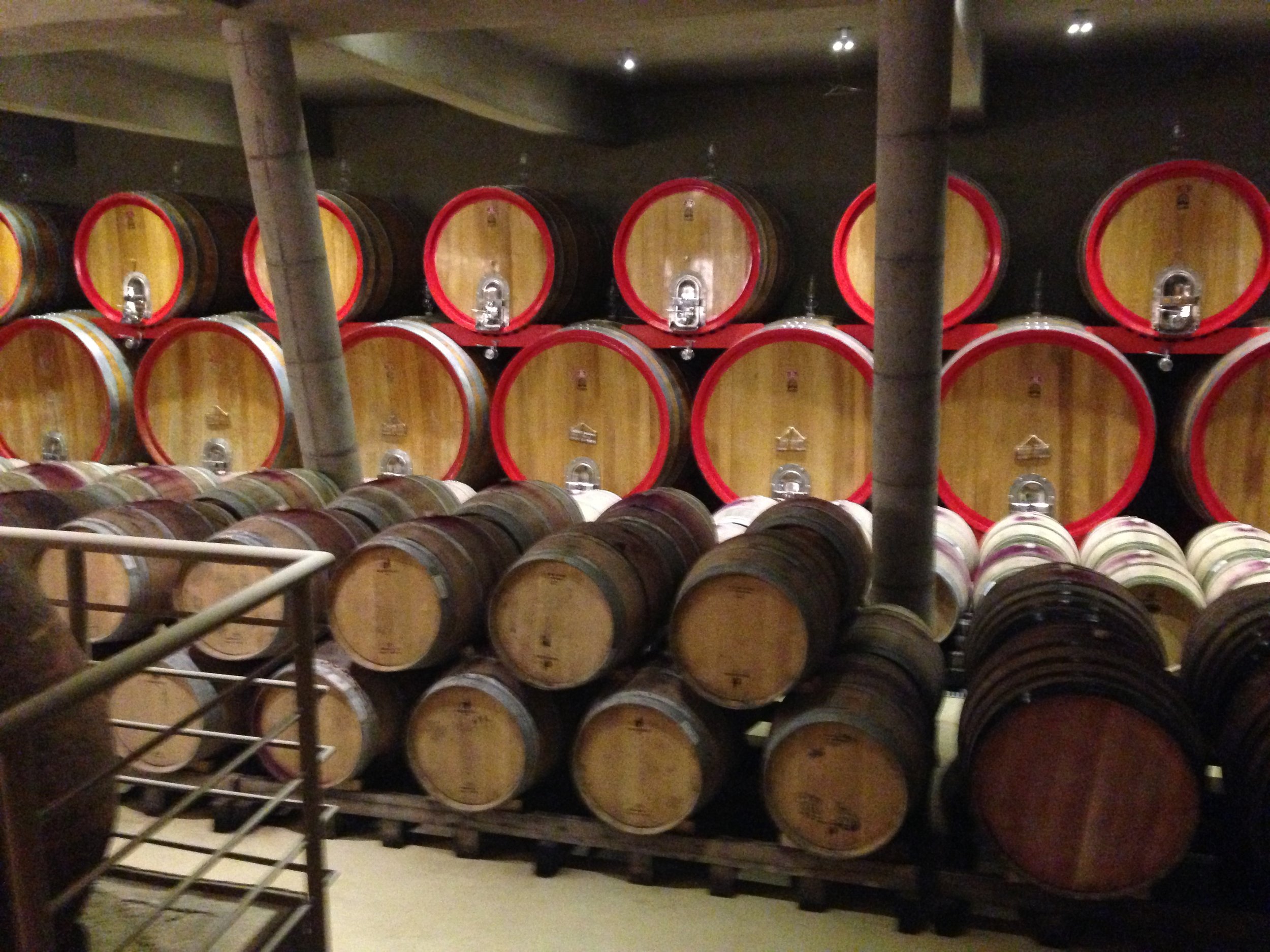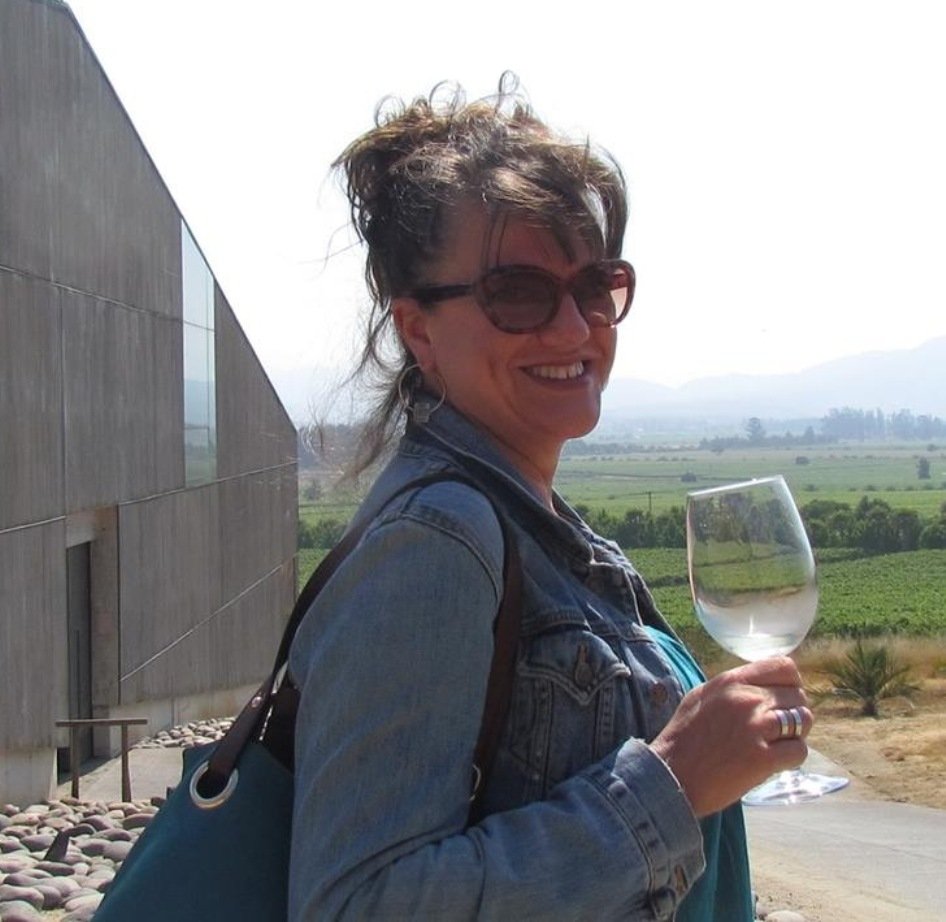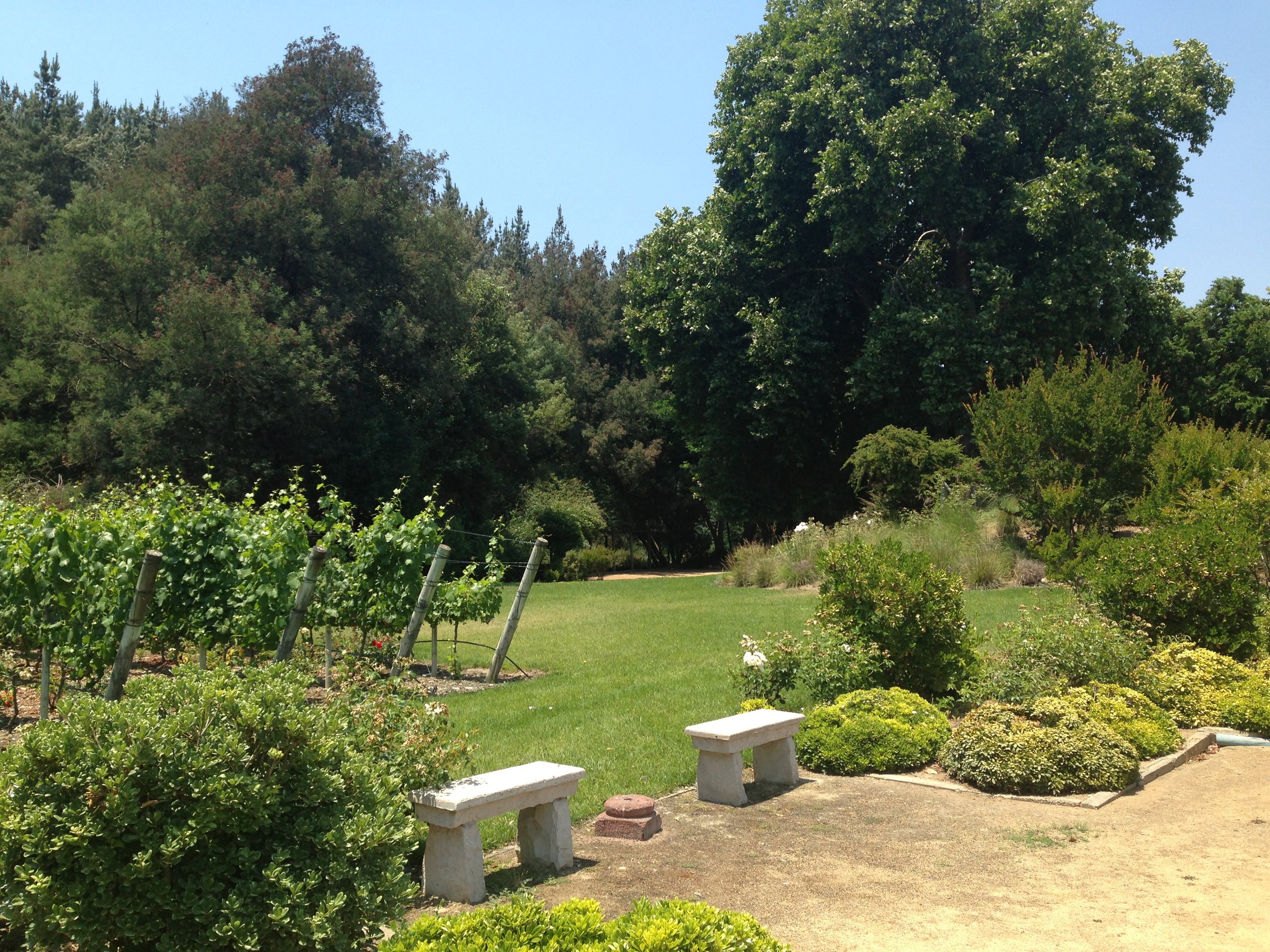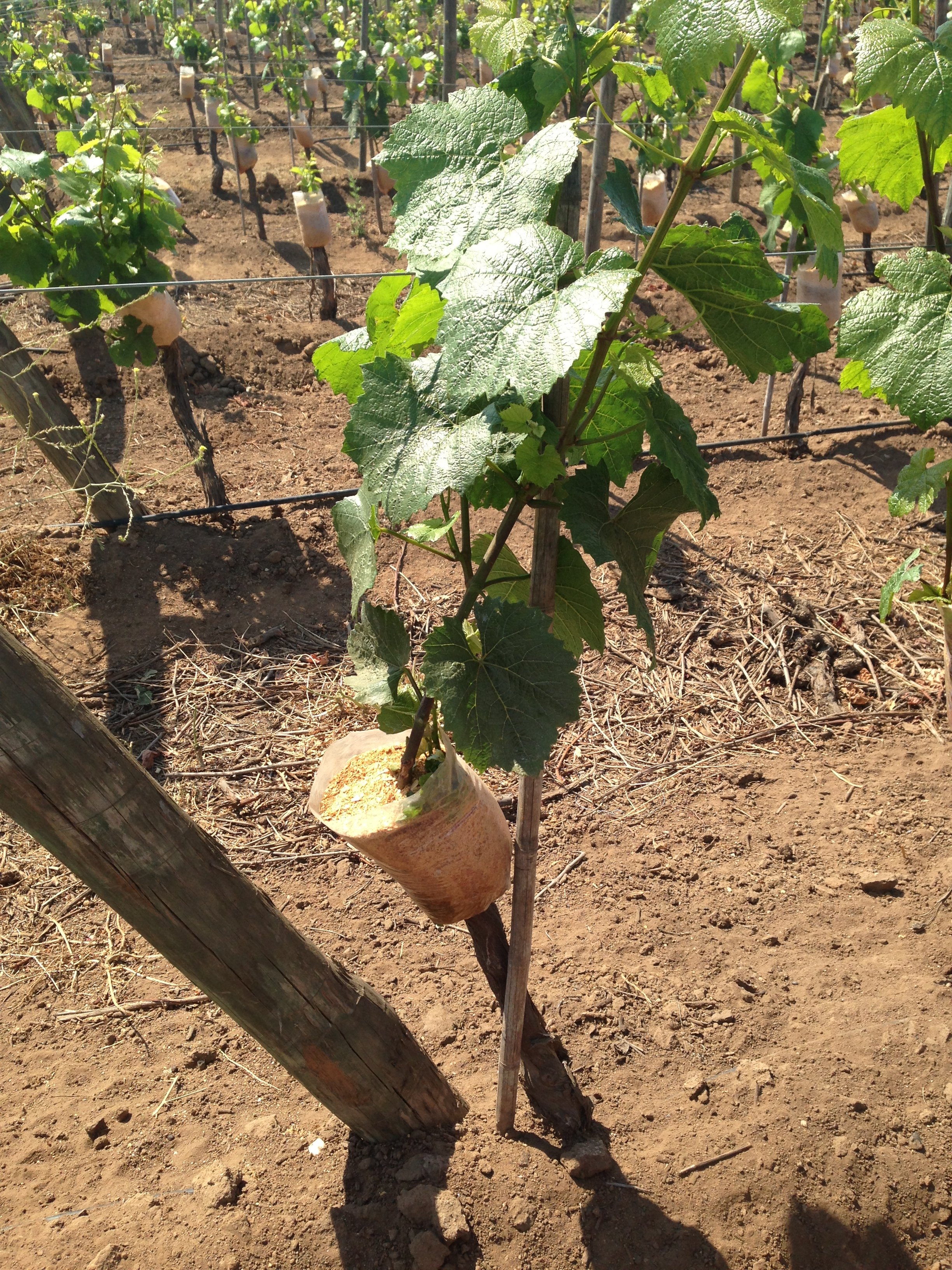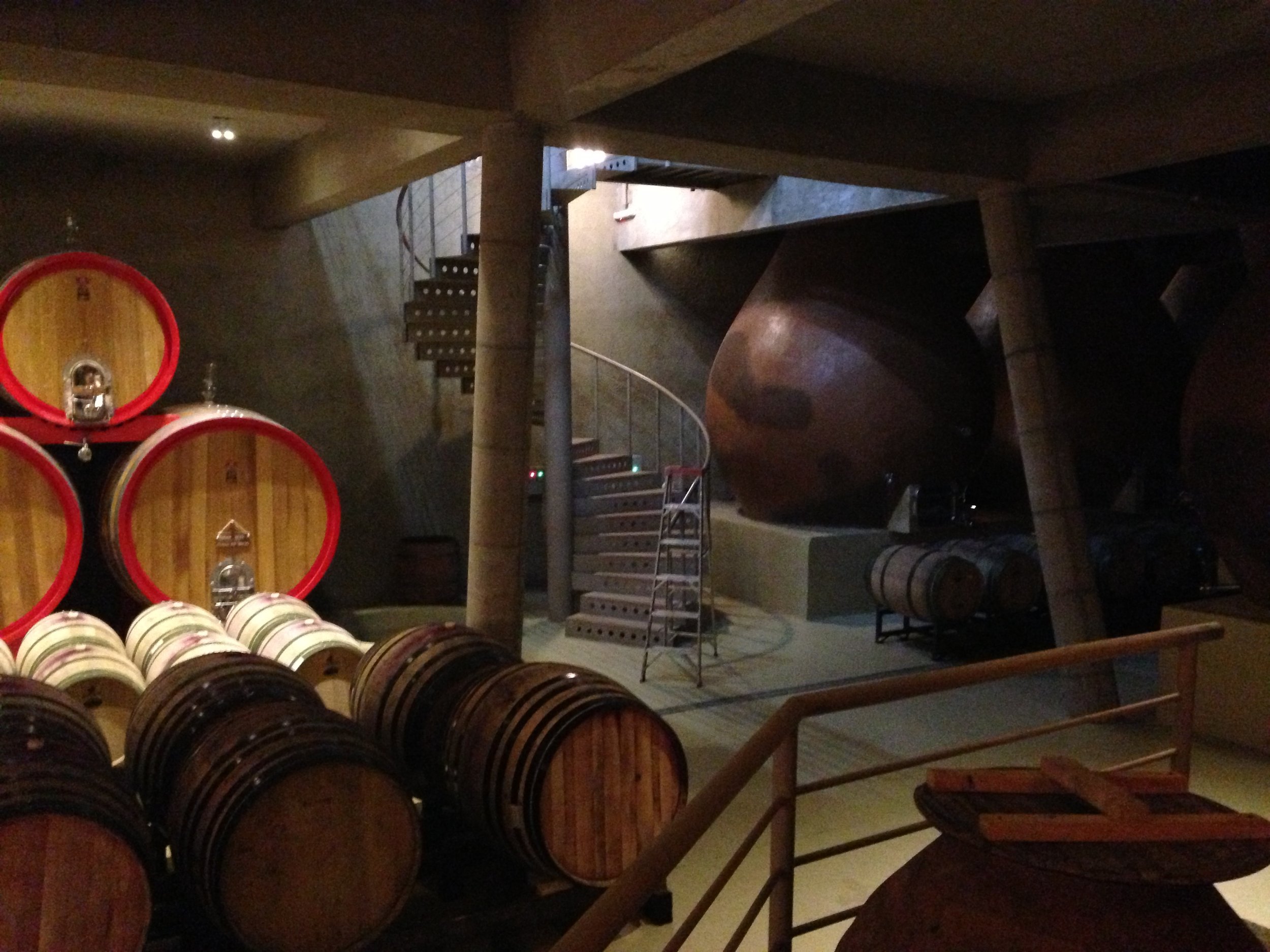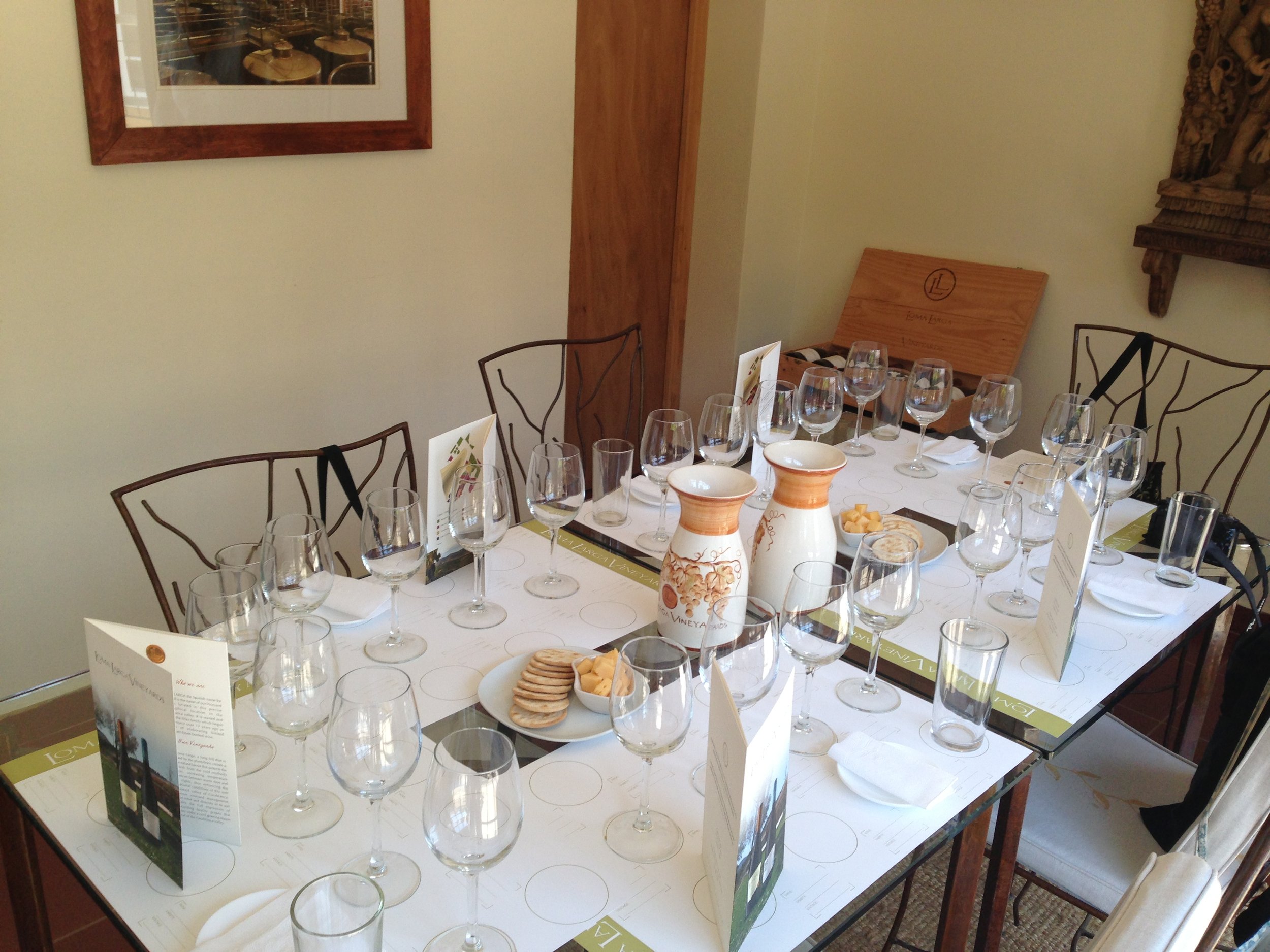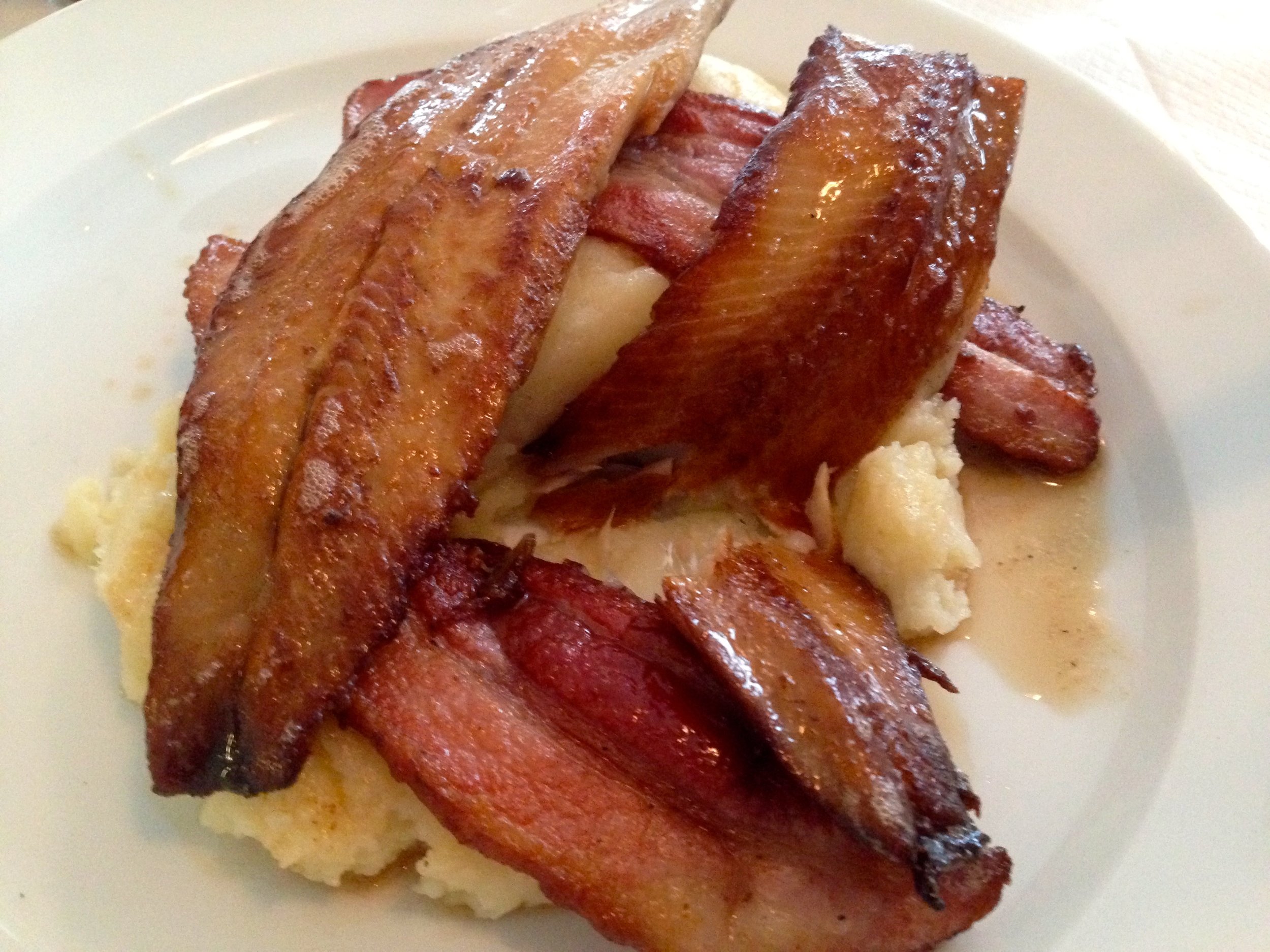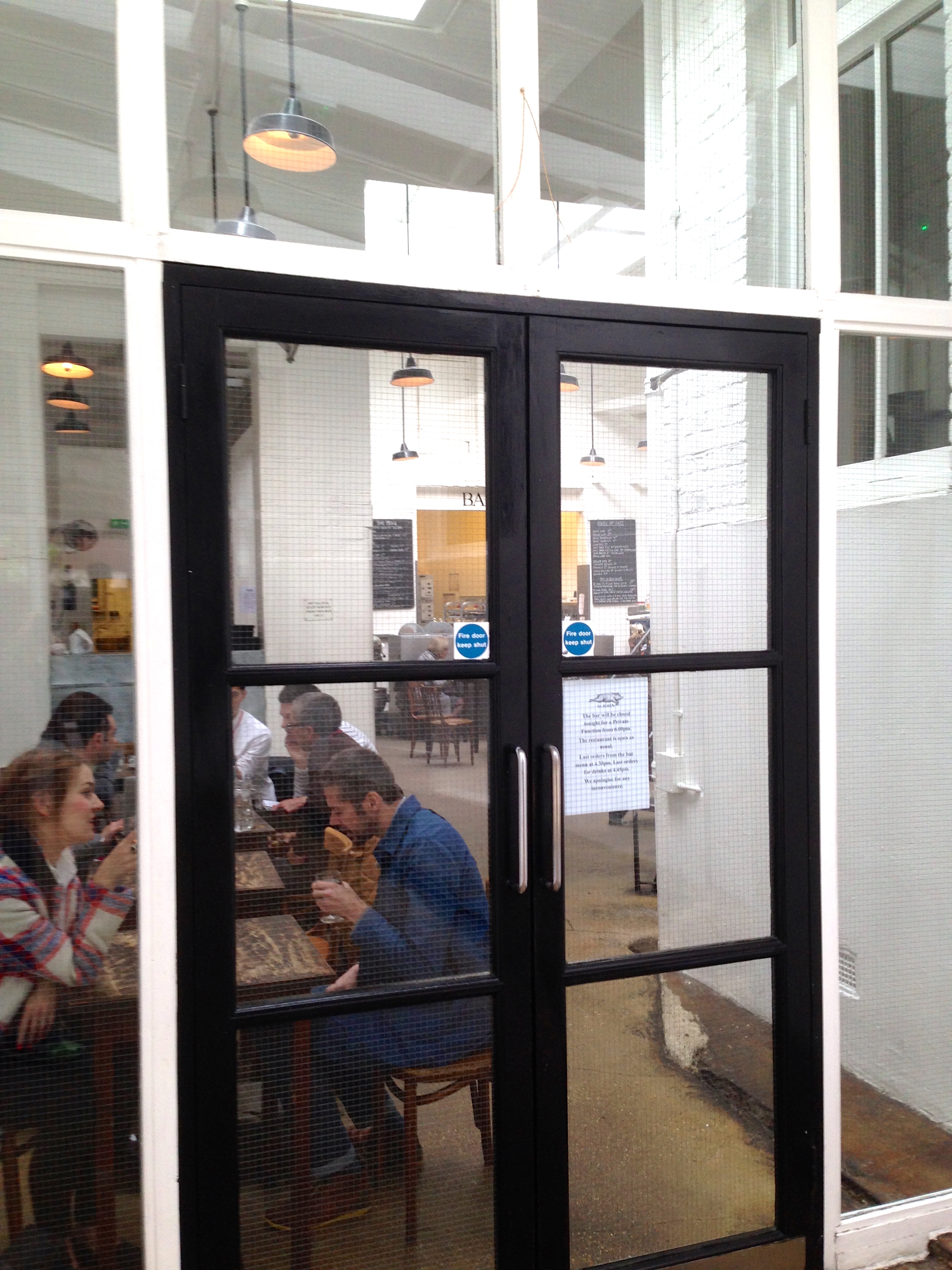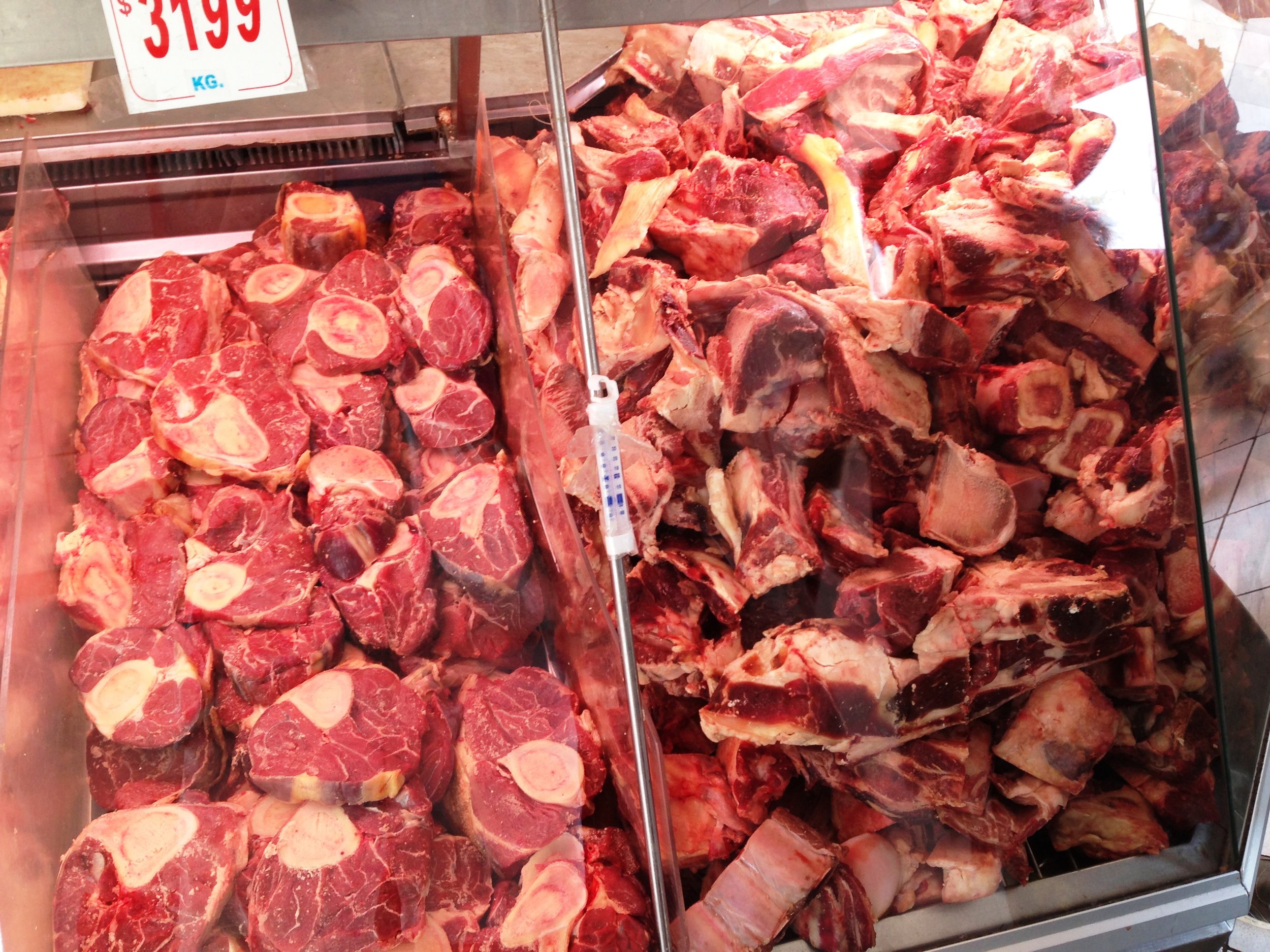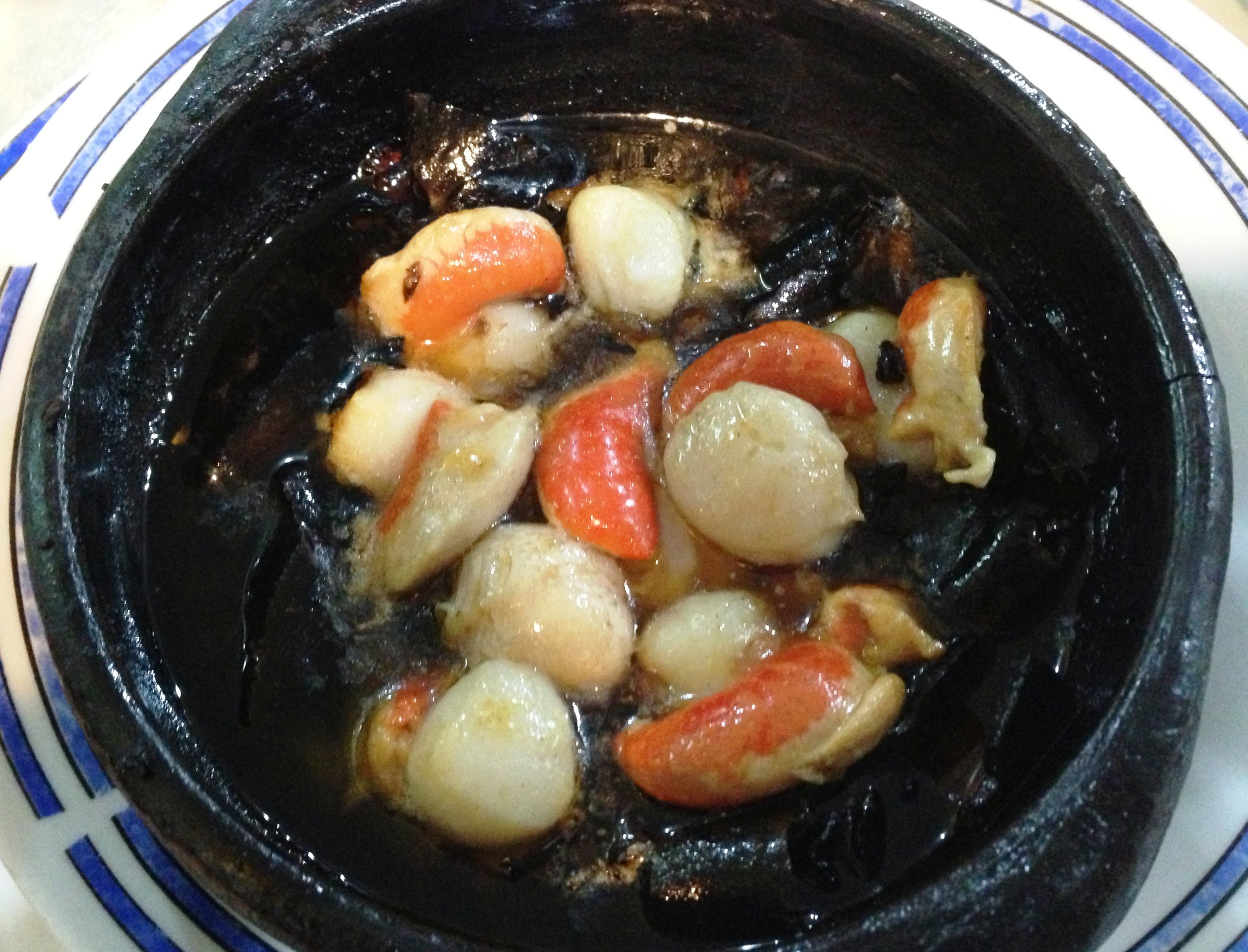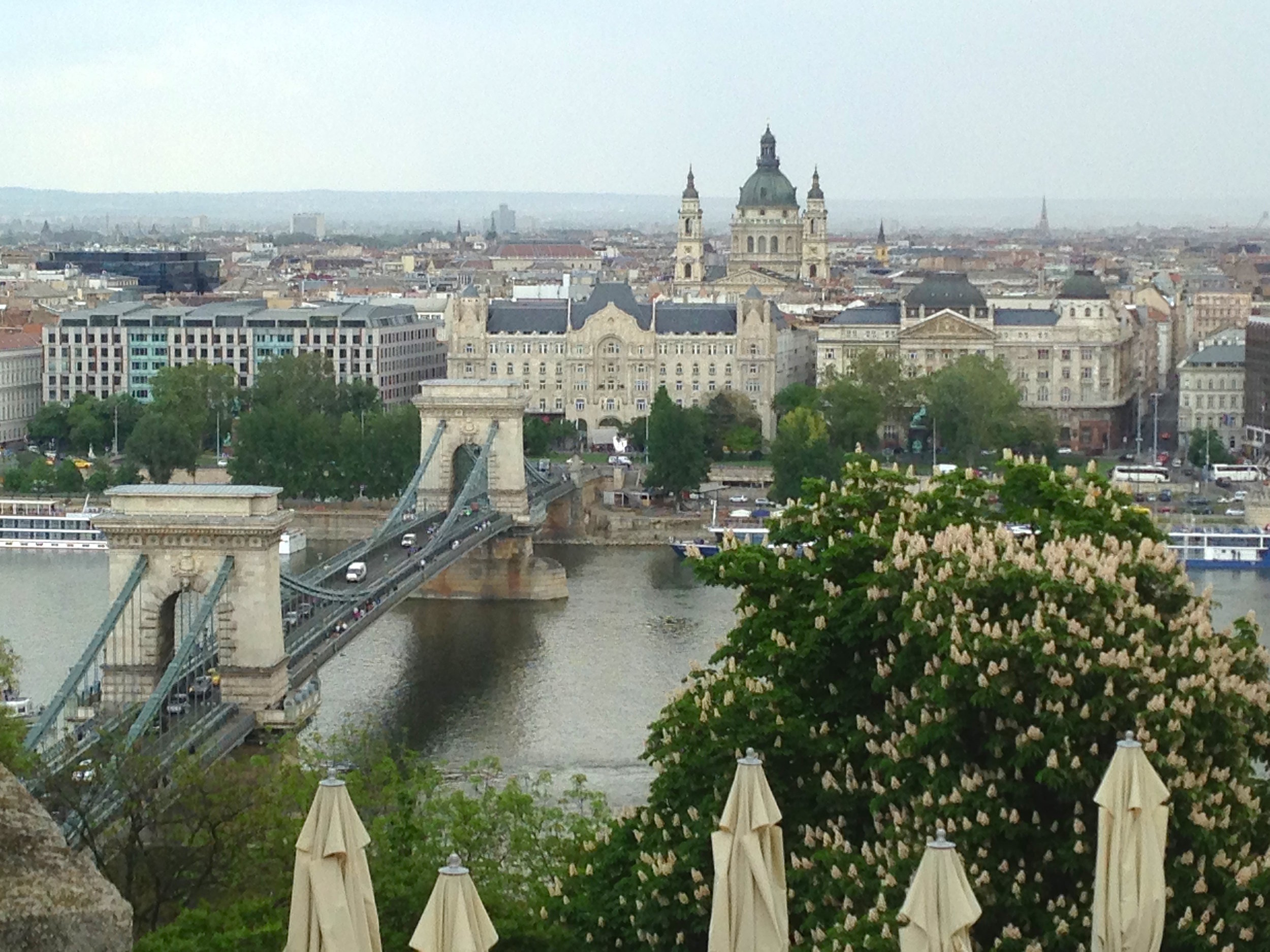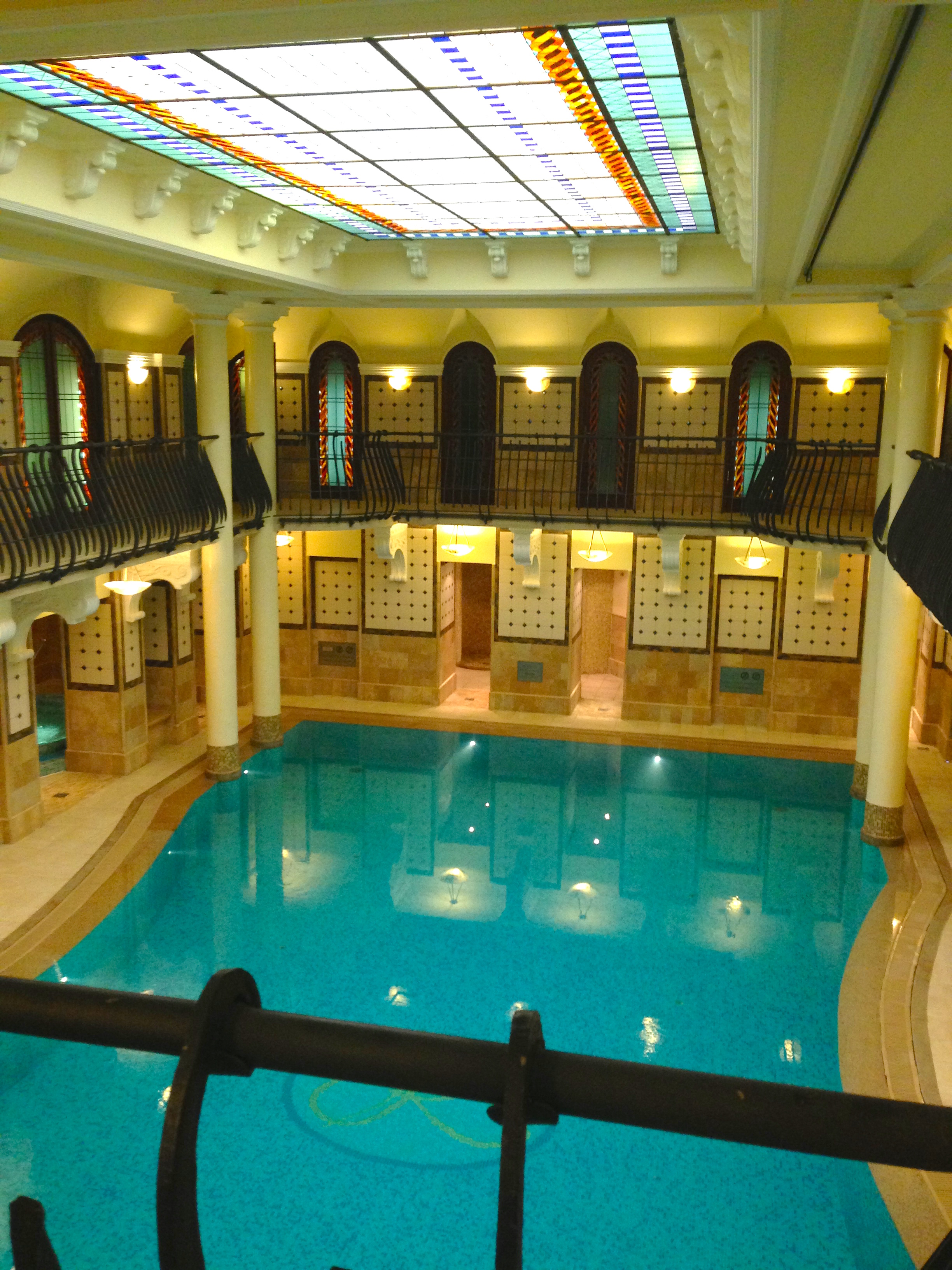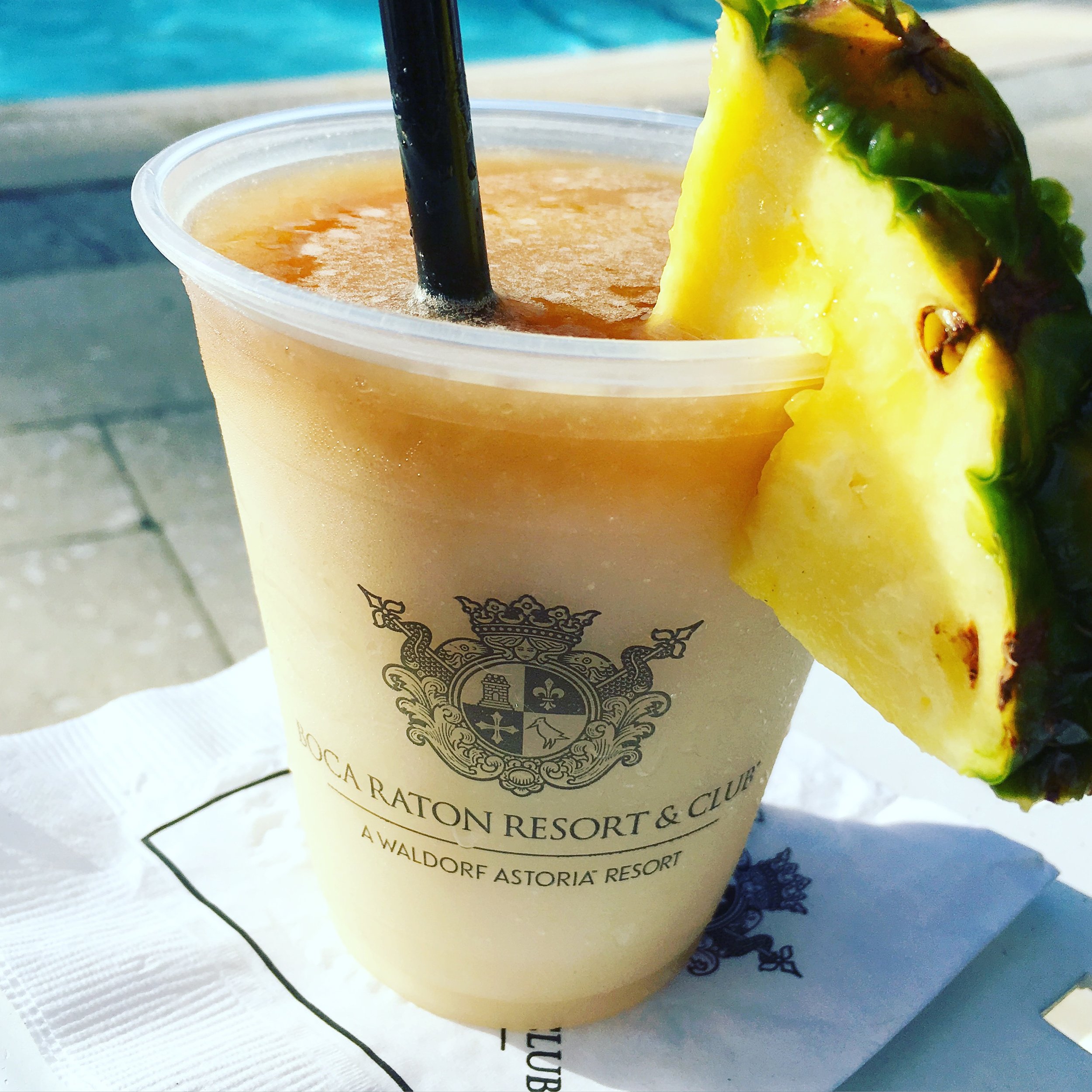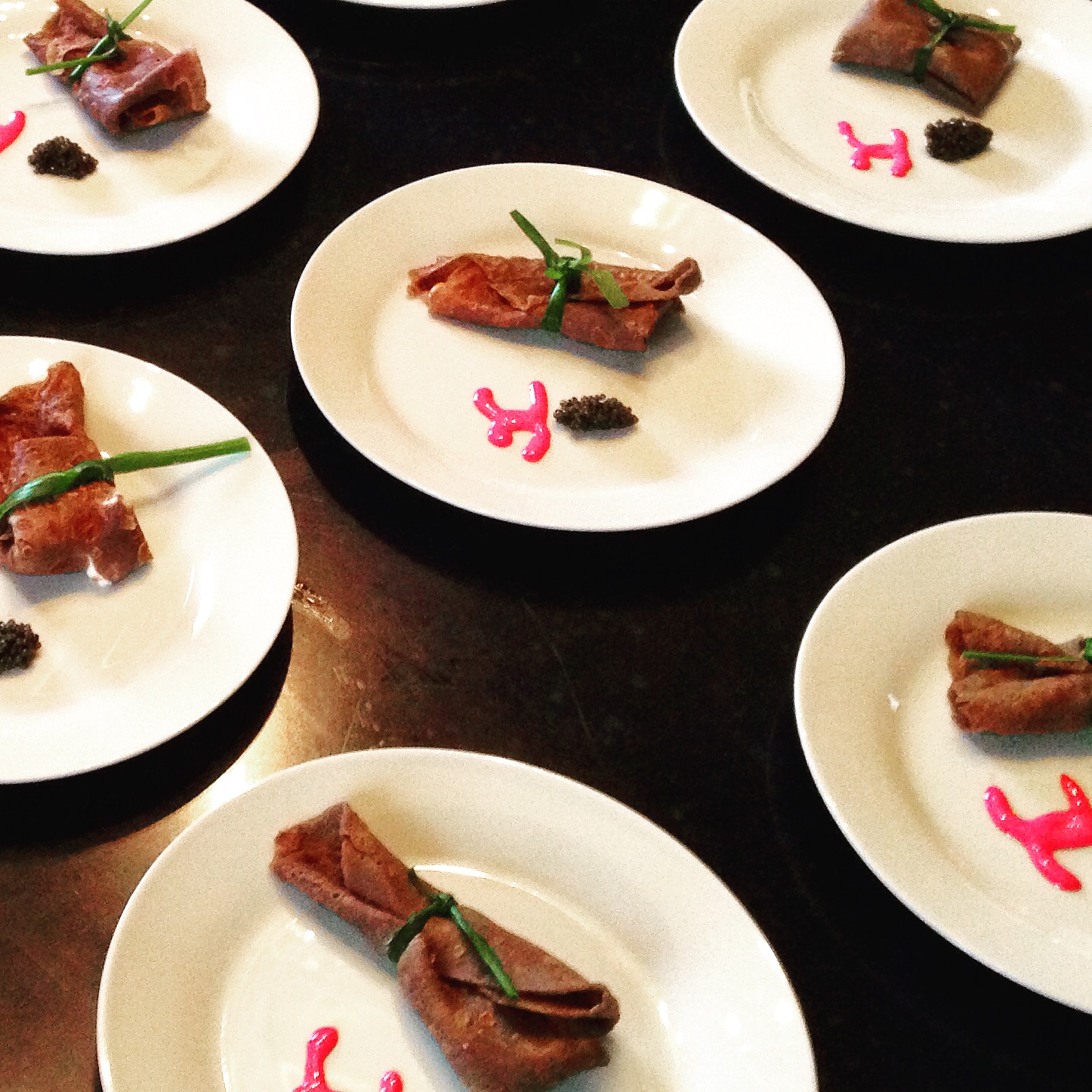It's not news that the long, wisp of a country on South America's Pacific coast is a hotbed for great wine production these days. It's actually the world's fifth-largest producer of wine. But Chile's wines are still undervalued in the global market, compared to its Old World "competition" in countries like France, Italy, and Spain. Which means that when you can find some of Chile's best wines, you're likely to find them at a much more approachable price point -- all the better to be able to taste lots of them, and discover your own favorites. Or, you could do what my friend Jess and I did, and head to the actual vineyards that produce these wonderful wines to sample them on their home terroir, if you will.
We ventured into Chilean wine country in early January, which of course in the southern hemisphere is the height of summer. I knew going in that I liked Chilean wines; I'd enjoyed many of them in New York, and I had been enjoying them all week long in my travels around Chile. So when Jessica and I left Santiago and headed to the Casablanca Valley for a day trip in wine country, we knew we'd like much of what we'd be tasting. Perhaps it was the proximity to the Pacific Ocean and the rolling verdant hills that reminded me of Napa and Sonoma in California. Perhaps it was the New World sensibilities of our host winemakers and vineyard guides that they share with California winemakers. There are some French influences in the winemaking here, but this was definitely not Europe in feel. Of course, many European wine varieties (including and particularly French wine grapes) were transported to Chile in the 19th century in an effort to save the varieties from phyloxxora, the deadly vine *plague* that has historically wiped out not just entire vineyards, but entire growing regions.
Pablo Morandé is considered the maverick in these parts, who, while working for behemoth Concha y Toro, recognized that the Casablanca Valley possessed a lot of the characteristics of coastal California, which made it hospitable to growing cooler-climate wine styles. It took some time to create not just a buzz about the valley's potential, but to prove that quality wines could be made here. Morandé established Bodegas Re, and along with a handful of other producers, put the Valle de Casablanca on the wine world's map.
The Casablanca Valley wine-growing region takes advantage of the Humboldt Current effect. This air stream moves from the Antarctic through all of the Pacific coast of Chile, providing cool afternoon breezes and mitigating the climate of the Casablanca Valley. This, paired with the warm air rising in the east, creates an environment that's ideal for vines. The sandy clay soil is quite homogeneous in the valley, and creates favorable growing conditions for white wines in particular. These include some of the finest Sauvignon Blancs in Chile, with Chardonnay a close second for the title of the country’s best white wine style. Of late, the region has been exploring the potential of several white grape varieties "new" to the area, including Riesling, Viognier and Gerwurztraminer. Still, red styles are not completely ignored in the Casablanca wine region, as the cool climate conditions lend themselves to the production of some high-quality vintages. Pinot Noir reigns supreme among these, though Syrah and Cabernet Sauvignon are also grown in the Casablanca Valley.
Kingston Vineyards
The Kingston Family Vineyards is a boutique Casablanca winery that has been in the same family for over a century. The land was established by US mining engineer Carl John Kingston, hailing from Michigan's Upper Peninsula, while prospecting for gold in the early 1900s. The farm eventually reaped rewards by becoming one of the area’s most prominent producers. Their wines, which include small, handcrafted lots of Pinot Noir, Syrah and Sauvignon Blanc, have featured on top wine lists around the world, including Jean Georges in NYC and The Four Seasons in London. The estate was also named ‘Winery of the Year’ by Wine & Spirits Magazine in 2011.
We enjoyed a tour of their state-of-the-art winemaking facilities, followed by a lovely tasting complete with cheeses and breads and nibbles, in a glass-encased tasting room overlooking the steel wine vats.
Kingston produces around 3,500 cases per year of Pinot Noir, Syrah, Sauvignon Blanc, and Chardonnay. It is one of a handful of Chilean vineyards leveraging artisan winemaking and sustainable viticultural techniques to uncover the potential of coastal Chile, 12 miles from the Pacific Ocean. It's a marriage of American innovation and Latin American tradition and terroir. In a bit of "small world" trivia, several members of the Kingston family are Princeton University graduates, and some have remained Princeton residents -- locals to where I grew up.
https://www.kingstonvineyards.com
Bodegas Re
This vineyard and cellar made for an interesting stop on our tour. The concept of Bodegas Re is contained in the "Re": REdoing, REcreating, REthinking, REvolutionizing...you get the idea. It's a marriage of history (the founder's family goes back as far as nine generations in winemaking) with modern techniques and technology in viticulture. Bodegas Re was number 43 on the 2021 list of the World's Best Vineyards to visit, for the third consecutive year.
The cellar is filled with oversized egg-shaped earthenware amphorae used for aging the wines -- they date back to the family's original historical plantings. There are earthenware jars and jugs of varying sizes all over the cellar rooms, containing not just wine but a variety of local liqueurs, as well as balsamic vinegar featured in its very own showcase room.
Veramonte
While the blustery hills and weathered red granites of western Casablanca have tended to provide much of the more recent wine excitement in the region, it’s worth visiting other producers around the valley. Veramonte, in Casablanca’s eastern hills, is a name many will know and has an exciting wine team lead by Rodrigo Soto, formerly of Sonoma’s Benziger -- yet another connection to California wine making in this valley. 2,500 hectares of native forests surround Veramonte, and the vineyards receive briny breezes and morning fog from the Pacific, creating ideal growing conditions for crisp local whites and cold-weather reds like Pinot Noir and Merlot.
https://www.veramonte.com/home
Loma Larga
Loma Larga is one of the region’s premier estates, owned by the Diaz family -- although the influences here are from France as opposed to the United States. Loma Larga, which translates as ‘long hill’ is unusual among Casablanca Valley wineries as it concentrates its production on red wines. Larga was the first winery in the valley to grow Cabernet Franc, Syrah and Malbec – while Pinot Noir, Merlot and a small amount of Cabernet Sauvignon are all successfully produced here alongside typical white grape varieties.
A unique way that Loma Larga offers visitors to tour the vineyard is on horseback -- an experience that will really make you feel like you're visiting back when French wine grapes were first exported to Chile in the 19th century.
https://www.lomalarga.com/
Booking a tour through the Casablanca Valley Wine Route (rutadelvinodecasablanca.cl) is a great way to see the area on a day trip or overnight stay from Santiago. Visiting wine country in any location with a robust wine growing economy is always a fabulous way to see some of the prettiest parts of these countries. Plus, vineyard owners on the whole are wonderfully hospitable people, and they're great experts in all things delicious in their part of the world. Go, and enjoy!
